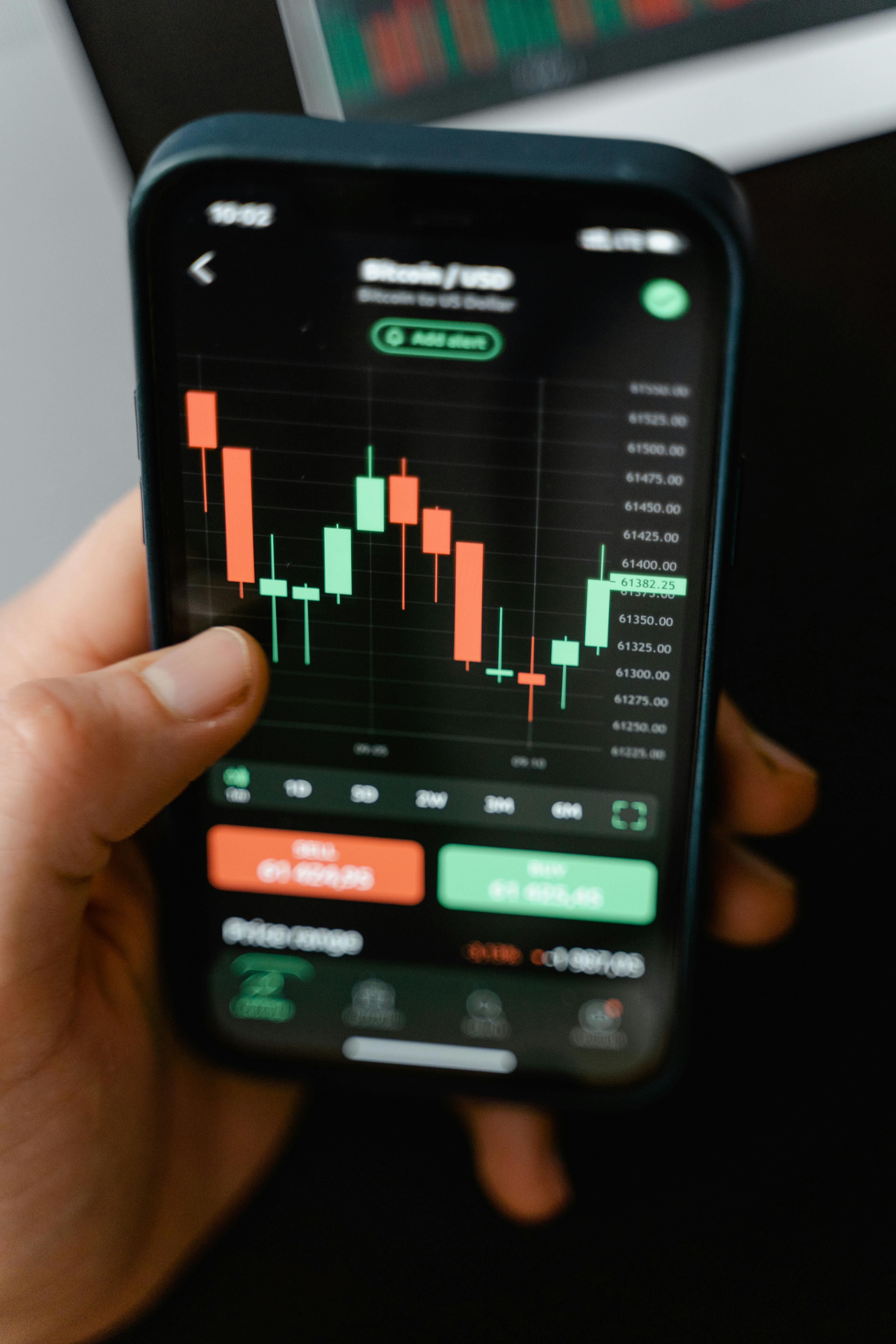Day Trading vs Swing Trading: Which Strategy Wins?
Discover which trading method fits your lifestyle, risk tolerance, and profit goals.

Introduction
New traders often struggle with one important choice: Should they become day traders or swing traders? Both strategies can be profitable, but each requires a different mindset, skill set, and time commitment.
This guide explains the key differences so you can choose the strategy that truly suits you.

What is Day Trading?
Day trading means buying and selling stocks or crypto within the same day. No overnight positions — everything happens fast. It requires focus, speed, and the ability to handle rapid price movements.

What is Swing Trading?
Swing trading is slower and more strategic. Trades last from a few days to a few weeks, aiming to catch bigger price moves. It’s great for people who can’t watch charts all day.
Day Trading vs Swing Trading Comparison
| Feature | Day Trading | Swing Trading |
|---|---|---|
| Time Required | Full-Time / High Focus | Part-Time / Flexible |
| Risk Level | High | Medium |
| Holding Time | Minutes to Hours | Days to Weeks |
| Stress Level | Very High | Low to Medium |
| Best For | Fast & Active Traders | Busy People with Patience |
Pros & Cons
✅ Pros of Day Trading
- Quick profit potential
- No overnight risk
- Multiple trade opportunities every day
- Perfect for fast decision-makers
❌ Cons of Day Trading
- Very stressful
- Need to monitor charts constantly
- Higher transaction cost
- Emotionally demanding
✅ Pros of Swing Trading
- Flexible schedule
- Less stress
- Bigger gains possible
- Beginner friendly
❌ Cons of Swing Trading
- Overnight market risk
- Trades take longer to play out
- Requires patience
Which Strategy Wins?
Day Trading wins if you want fast-paced action, have time to monitor the market, and can handle volatility.
Swing Trading wins if you prefer a calmer approach, bigger moves, and more freedom in your schedule.
Choose the one that matches your personality — that’s where real success starts.